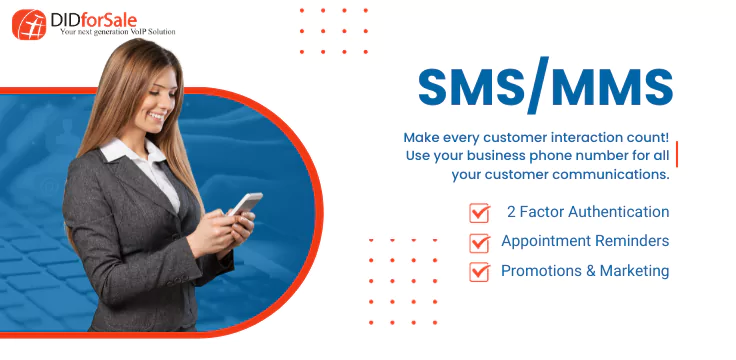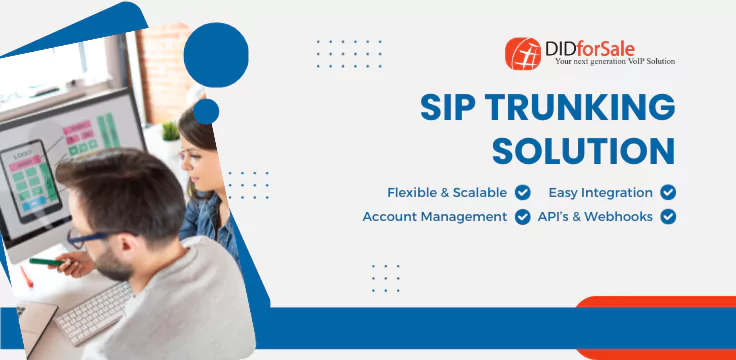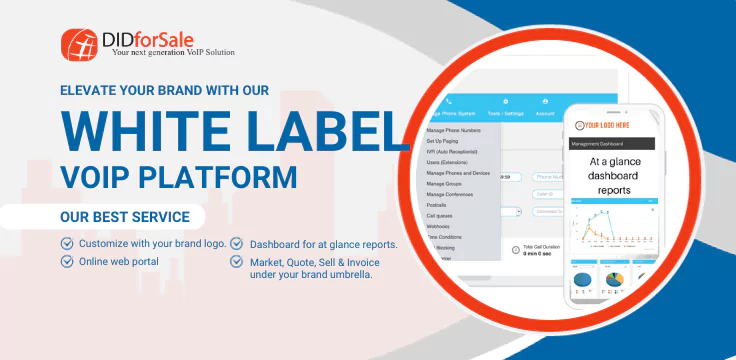Onboarding customers onto a SIP Trunk can be a daunting task, but it is crucial for a smooth transition to the new communication infrastructure. It involves a series of steps to ensure that the customer is aware of the benefits, understands the technical requirements, and is comfortable with the new setup. In this document, we will discuss how to create a smooth transition for your customers during the SIP Trunk Onboarding process.
Basics of SIP Trunk Onboarding
SIP Trunk Onboarding is the process of migrating customers’ communication systems from traditional phone lines to a Voice over Internet Protocol (VoIP) system using Session Initiation Protocol (SIP). The process involves the following steps:
-
- Assessing the customer’s needs and understanding their current communication infrastructure.
- Providing information on the benefits of SIP Trunking and how it can improve their business communication.
- Reviewing the technical requirements for SIP Trunking and identifying any necessary upgrades.
- Implementing the SIP Trunking solution and testing to ensure that it works properly.
- Training the customer on how to use the new system.
- Providing ongoing support and maintenance.
Challenges and How to Overcome Them.
Onboarding customers onto a SIP Trunk can present several challenges. Here are some of the most common ones and how to overcome them:
Technical Complexity: The technical aspects of SIP Trunking can be overwhelming for customers who are not familiar with VoIP technology. To overcome this, it is essential to provide clear and concise information about the technical requirements and ensure that the customer understands the benefits of the new system.
Integration with Legacy Systems: Some customers may have existing communication systems that need to be integrated with the new SIP Trunk. This can be challenging, but it is important to work closely with the customer to identify any compatibility issues and find solutions to ensure a smooth transition.
Training and Education: Customers will need training and education on how to use the new system. It is crucial to provide comprehensive training and support to ensure that the customer is comfortable with the new technology.
Communication: Effective communication is essential during the onboarding process to ensure that the customer is informed of any updates or changes. It is important to establish clear lines of communication and keep the customer informed throughout the process.
Common Mistakes and How to Avoid Them
Here are some common mistakes to avoid during the SIP Trunk Onboarding process:
Lack of Planning: One of the biggest mistakes is not having a proper plan in place. It is crucial to create a detailed plan that outlines each step of the onboarding process and ensures that everyone involved is aware of their responsibilities.
Poor Communication: Poor communication can lead to delays and misunderstandings. It is important to establish clear lines of communication and keep the customer informed throughout the process.
Insufficient Training and Support: Insufficient training and support can lead to frustration and dissatisfaction with the new system. It is important to provide comprehensive training and ongoing support to ensure that the customer is comfortable with the new technology.
Failure to Test: Failure to test the new system can lead to technical issues and delays. It is essential to test the SIP Trunk thoroughly before implementing it to ensure that it works properly
Tips for Keeping Your Customers Happy
Here are some tips for keeping your customers happy during the SIP Trunk Onboarding process:
Provide Comprehensive Training and Education: Providing comprehensive training and education is essential for ensuring that the customer is comfortable with the new system. This includes providing training on new features and functionality and ensuring that the customer understands how to use the new technology.
Be Responsive to Customer Needs: Being responsive to customer needs is essential for keeping your customers happy. This includes addressing any issues or concerns they may have and providing timely and accurate information.
Keep the Customer Informed: Keeping the customer informed of any updates or changes to the system is crucial for ensuring that they are comfortable with the new technology. This includes providing regular updates on the onboarding process and providing information on new features and functionality.
Provide Ongoing Support and Maintenance: Providing ongoing support and maintenance is essential for ensuring that the customer is satisfied with the new system. This includes providing regular check-ins to ensure that the customer is happy with the new technology and addressing any issues that may arise.
Ensure Effective Communication: Effective communication is essential for ensuring that the customer is informed and satisfied with the new system. This includes establishing clear lines of communication and ensuring that the customer knows who to contact for support.





